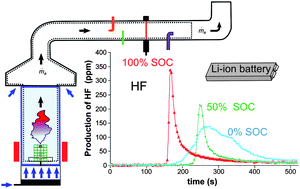Investigation on the fire-induced hazards of Li-ion battery cells by fire calorimetry
Abstract
The use of the high energy Li-ion battery technology for emerging markets like electromobility requires precise appraisal of their safety levels in abuse conditions.


 Please wait while we load your content...
Please wait while we load your content...